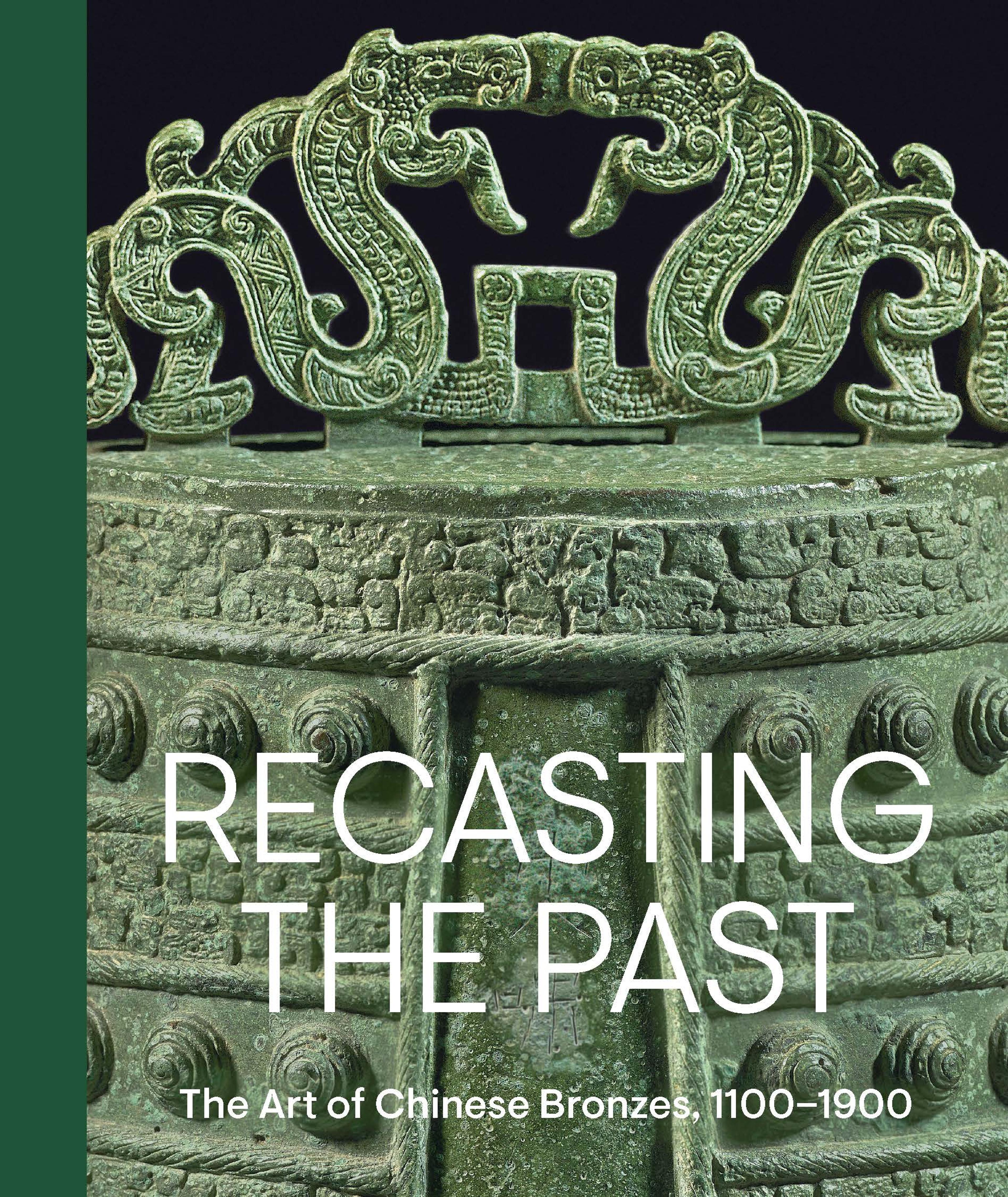Archaistic tripod censer (ding)
Linked to power and dominion over the land, the ding is one of the most important ritual vessel types. They were used to cook and serve food offerings. Similar to other ritual bronze vessels, ding were originally made as ceramics, then were cast in bronze in the Shang dynasty. In the later periods, ding were produced in ceramics and metalwork not only as ritual vessels but also to serve as incense burners. The seventeenth-century parcel-gilt bronze ding follows archaic models, but its heavily gilded surface and fine patterned ground set it apart from replicas.
Artwork Details
- 明 銅鎏金三足爐
- 청동 향로 중국 명
- Title:Archaistic tripod censer (ding)
- Period:Ming dynasty (1368–1644)
- Date:17th century
- Culture:China
- Medium:Parcel-gilt copper alloy
- Dimensions:H. 7 in. (17.8 cm); W. 5 5/8 in. (14.3 cm); D. 5 3/4 in. (14 cm)
- Classification:Metalwork
- Credit Line:Purchase, Friends of Asian Art Gifts, 2019
- Object Number:2019.315
- Curatorial Department: Asian Art
More Artwork
Research Resources
The Met provides unparalleled resources for research and welcomes an international community of students and scholars. The Met's Open Access API is where creators and researchers can connect to the The Met collection. Open Access data and public domain images are available for unrestricted commercial and noncommercial use without permission or fee.
To request images under copyright and other restrictions, please use this Image Request form.
Feedback
We continue to research and examine historical and cultural context for objects in The Met collection. If you have comments or questions about this object record, please contact us using the form below. The Museum looks forward to receiving your comments.
